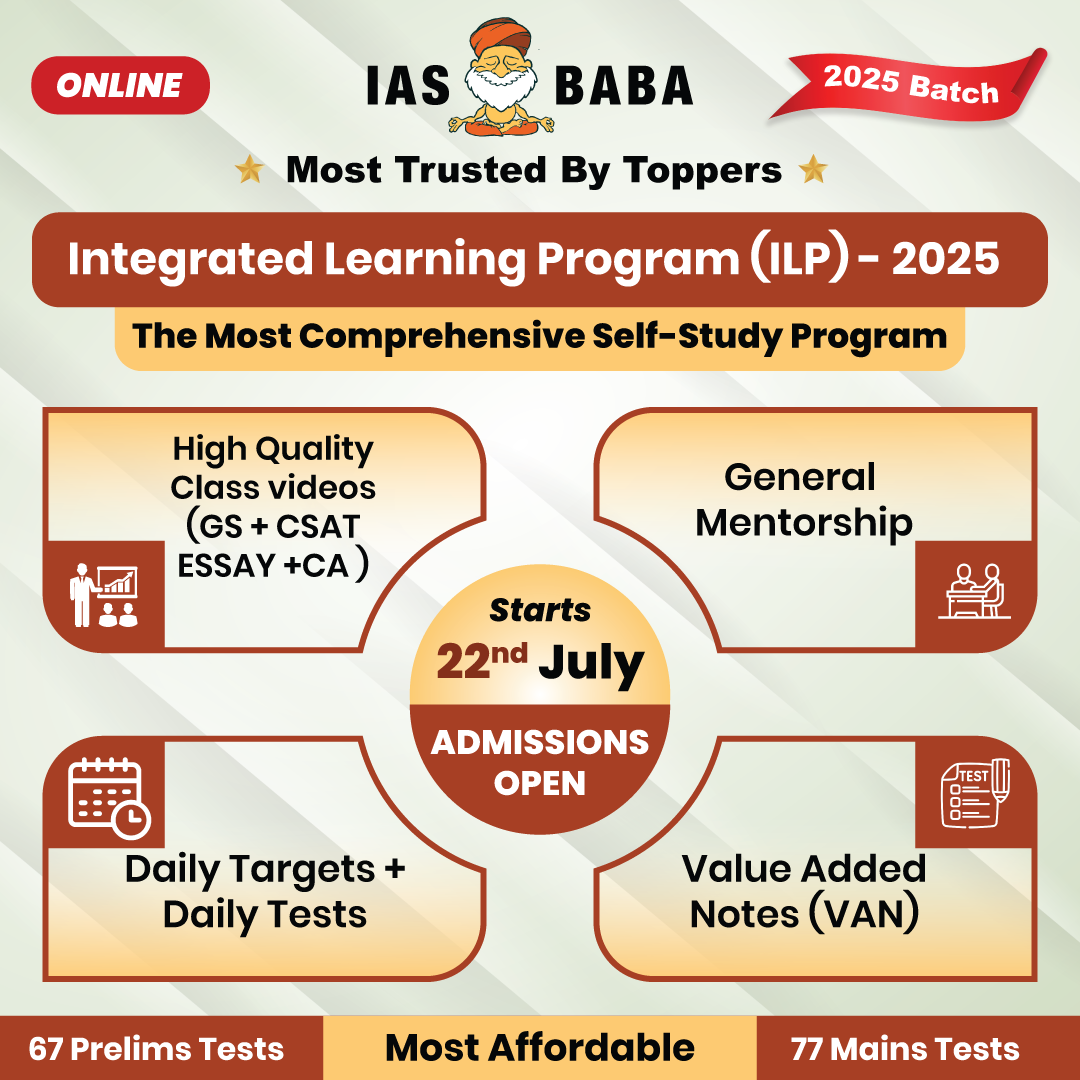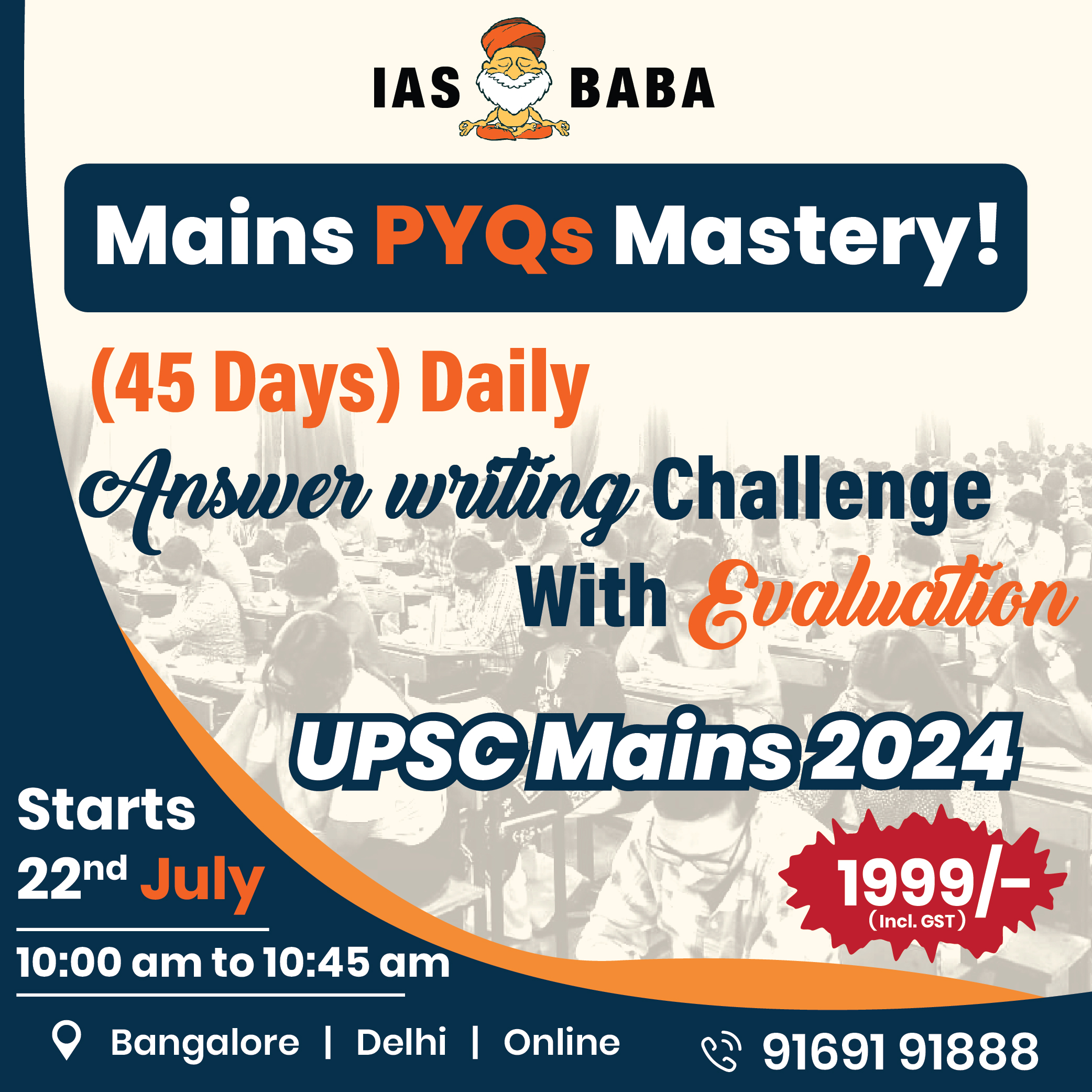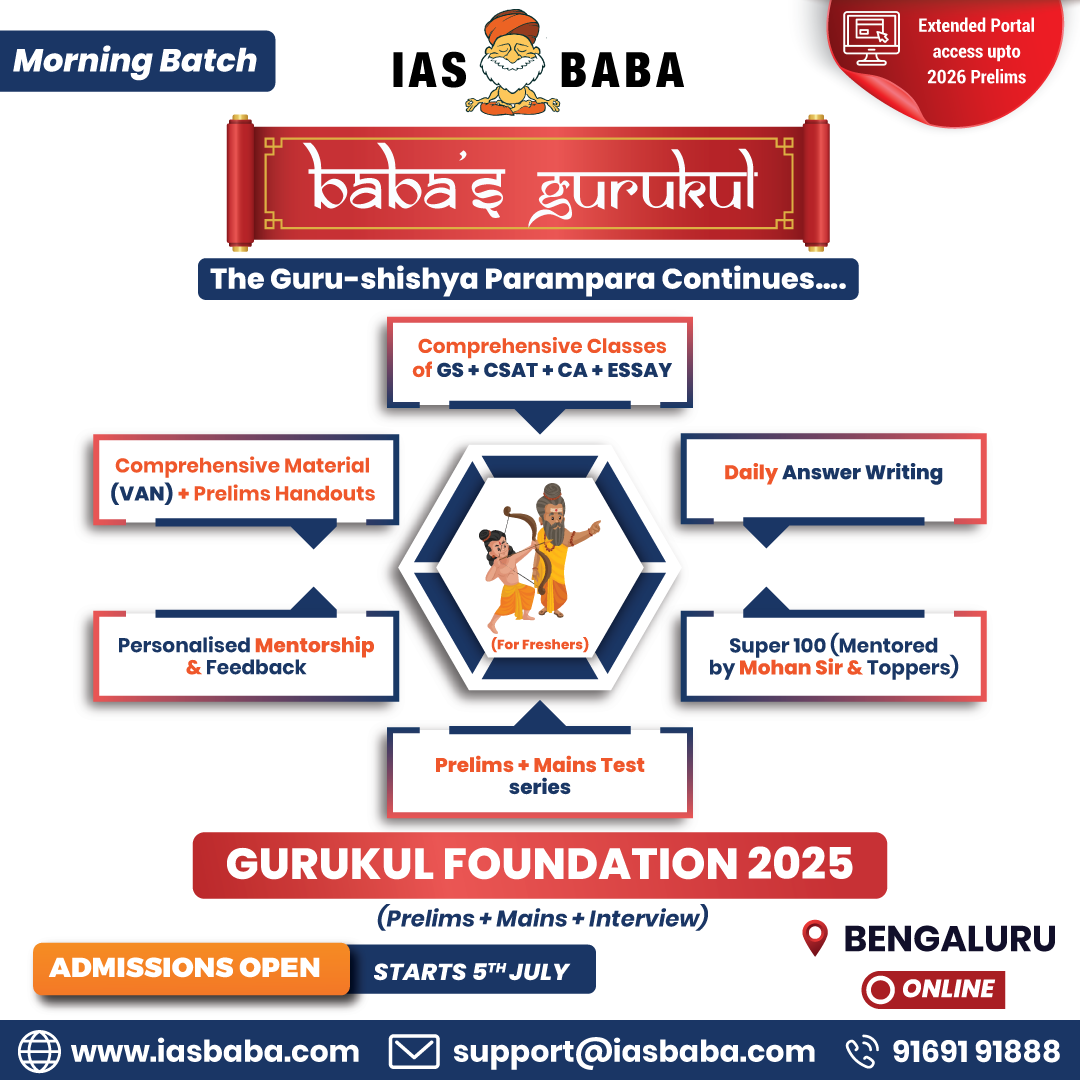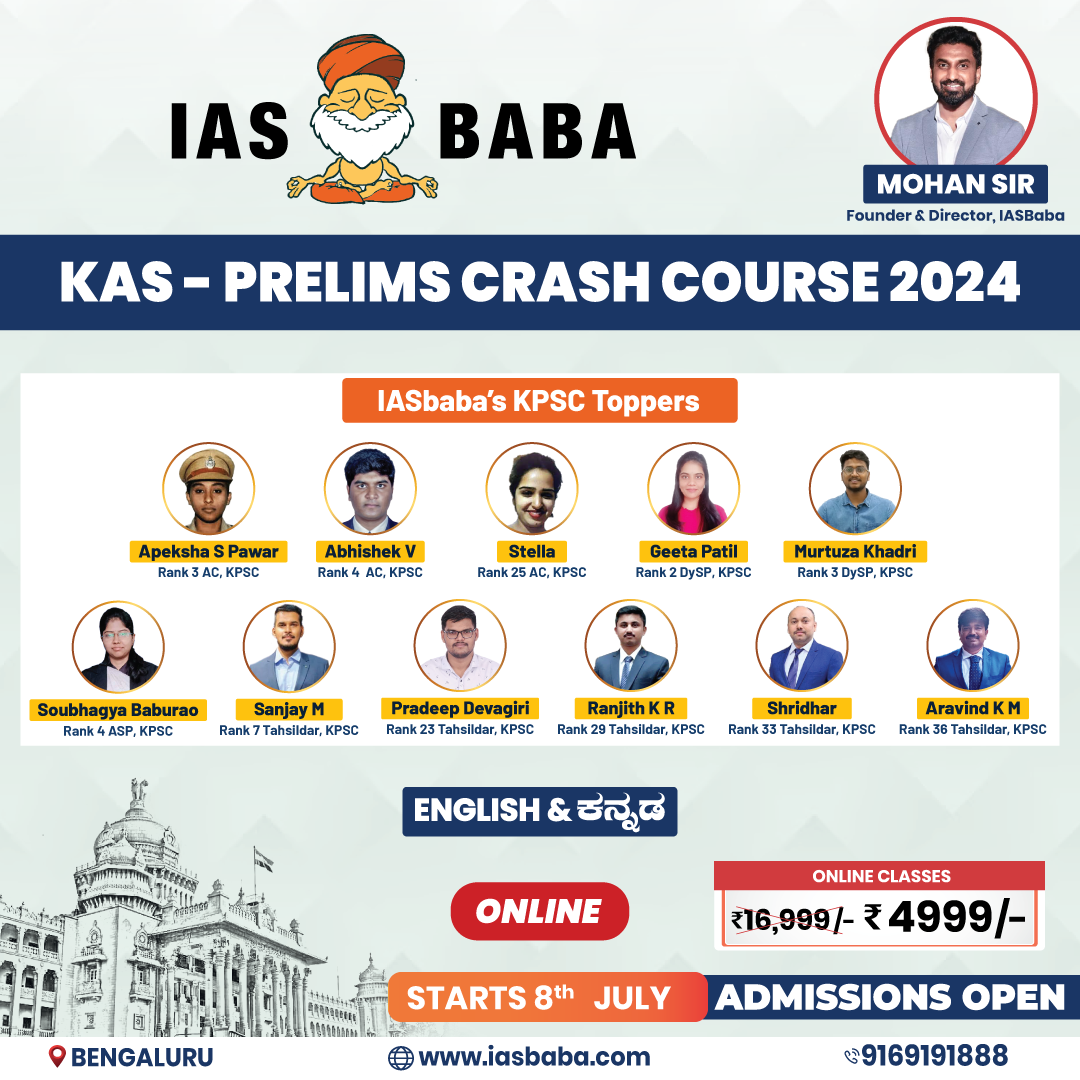Governance, Indian Polity & Constitution
In news: National Assessment and Accreditation Council (NAAC) withheld the grading of the Maharaja Sayajirao University of Baroda after receiving an anonymous complaint that the university unduly tried to influence the peer review team with gold, cash and other favours.
The council is currently considering reducing the role of the peer team visits in the overall scheme of things.
About:
- There are 1,043 universities and 42,343 colleges listed on the portal of the All-India Survey on Higher Education (AISHE) and 406 universities and 8,686 colleges are accredited.
- Maharashtra accounts for the highest number of accredited colleges, followed by Karnataka. Tamil Nadu has the most accredited universities at 43.
About NAAC:
- It is an autonomous body under the University Grants Commission (UGC).
- It carries out quality checks or assessments of Indian Higher-level Educational Institutions (HEIs),
- It certifies HEIs with gradings as part of accreditation. The ratings of institutions range from A++ to C. If an institution is graded D, it means it is not accredited.
- Through a multi-layered process, a higher education institution learns whether it meets the standards of quality set by the evaluator in terms of curriculum, faculty, infrastructure, research, and other parameters.
Methodology:
- Accreditation has been made mandatory through the UGC (Mandatory Assessment and Accreditation of Higher Educational Institutions) Regulations, 2012.
- The current approach to accreditation is “input-based” implying heavy reliance on self-assessment reports of applicant institutions related to quantitative and qualitative metrics.
- The data is then validated by NAAC expert teams and is followed by peer team visits to the institutions.
- The process of Peer Team Visits adds substantial effort on the part of both NAAC and the HEIs.
- Only higher education institutions that are at least six years old, or from where at least two batches of students have graduated, can apply.
- The accreditation is valid for five years.
- When an institution undergoes the accreditation process for the first time it is referred to as Cycle 1, and the subsequent five-year periods as Cycles 2, 3 and so on.
New considerations:
- A shift from “input-based” to “outcome-based approach”.
- Rather than relying exclusively on the self-study reports of the HEIs, the NAAC should ask institutions to provide evidence such as samples of learning materials, continuous assessment tasks and final examinations to show they have outcomes of learning specified in the syllabus.
Issues:
- The fear of obtaining a poor grade or no accreditation at all holds back higher education institutes from voluntarily applying for evaluation.
Way forward
- It is recommended that the role of Peer Team visits be facilitatory in nature and not have a significant weightage in assessment and accreditation.
- The new system of Provisional Accreditation for Colleges (PAC) under which even one-year-old institutions could apply for accreditation should be further explored while maintaining quality.
- NAAC should help the colleges improve the quality of education they provide, such that they can be successful in meeting the standards that NAAC accreditation calls for.
Source: Indian Express















